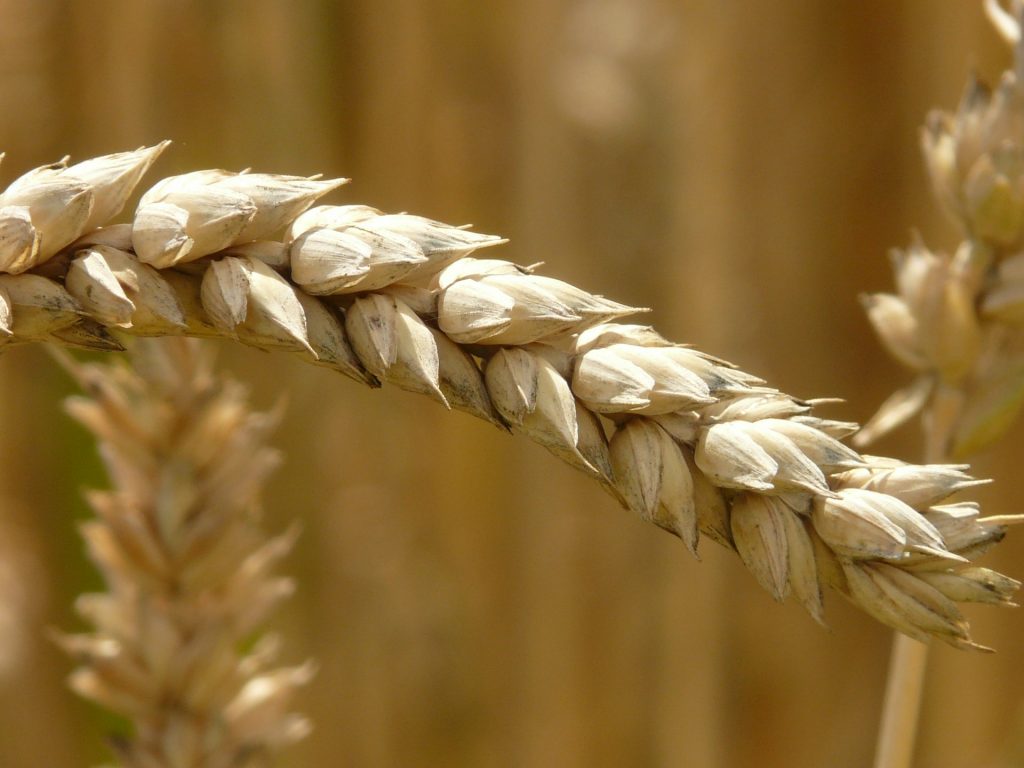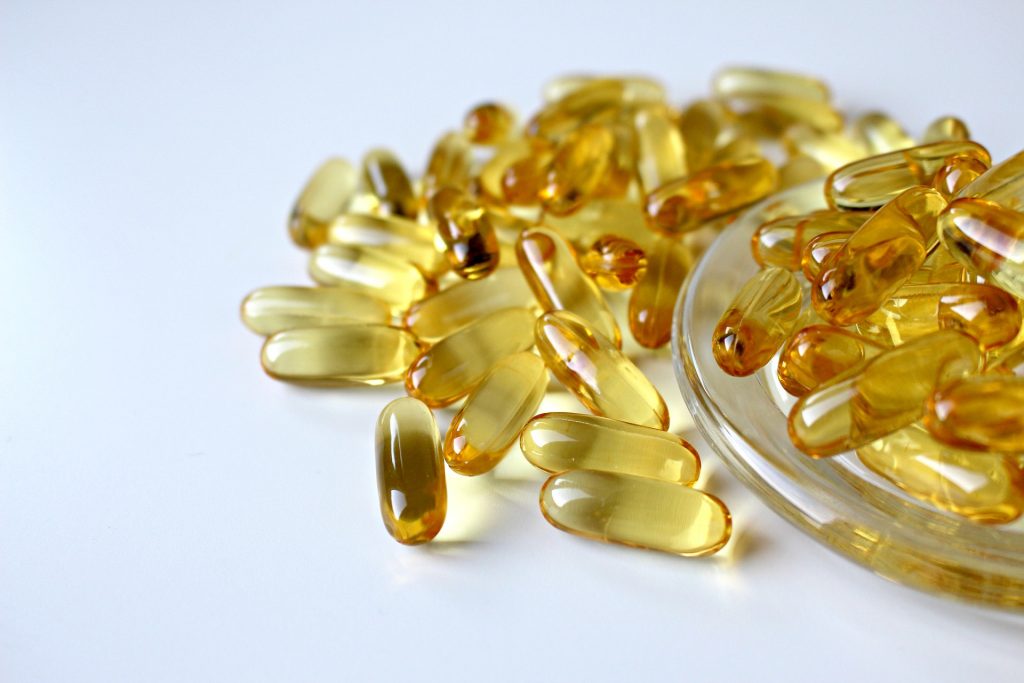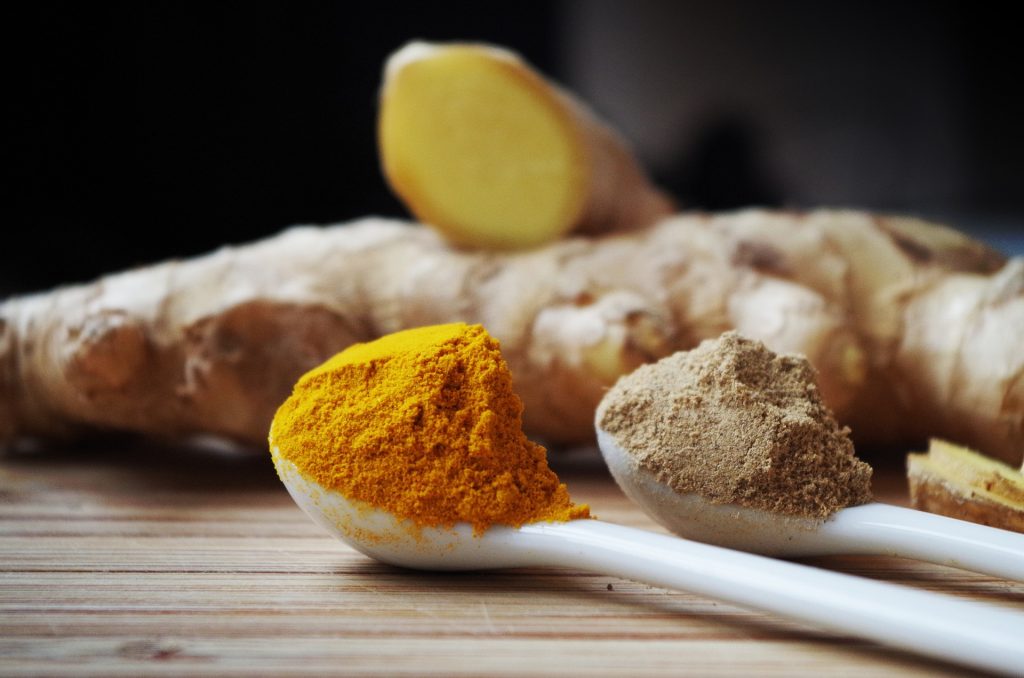 Inflammation is a necessary physiological reaction by the tissues of animals to damage, infection and invasion by pathogens. This process is highly complex, but is designed to provide defence to tissues by supplying immunological components and physical barriers to possible sites of infection. Acute inflammation is generally considered to be beneficial as it provides immediate short term protection to the animal. However, there exists another type of inflammation that may be detrimental to the health. Chronic inflammation of low grade has been suggested to be responsible for, or associated with, a number of Western lifestyle diseases including cardiovascular disease, cancer, obesity, type 2 diabetes and arthritis. Evidence increasingly points to a poor quality diet as the cause of chronic low grade inflammation, and it should be no surprise that nutritional strategies to improve the diet and reduce chronic inflammation have been shown to be successful in preventing these diseases.
Inflammation is a necessary physiological reaction by the tissues of animals to damage, infection and invasion by pathogens. This process is highly complex, but is designed to provide defence to tissues by supplying immunological components and physical barriers to possible sites of infection. Acute inflammation is generally considered to be beneficial as it provides immediate short term protection to the animal. However, there exists another type of inflammation that may be detrimental to the health. Chronic inflammation of low grade has been suggested to be responsible for, or associated with, a number of Western lifestyle diseases including cardiovascular disease, cancer, obesity, type 2 diabetes and arthritis. Evidence increasingly points to a poor quality diet as the cause of chronic low grade inflammation, and it should be no surprise that nutritional strategies to improve the diet and reduce chronic inflammation have been shown to be successful in preventing these diseases.

Plant foods are rich in antioxidants. Whole grains contain a group of antioxidants called the alkylresorcinols. Fruits and vegetables are rich in carotenoids, as well as polyphenols such as flavonoids and terpenes. Antioxidants limits the oxidative stress that can result from chronic inflammation.
One of the best strategies for reducing the risk of developing chronic low grade inflammation involves the use of antioxidants. Antioxidants are chemicals found in the diet and can be of of either essential or non-essential status. Many such compounds are derived from plant foods and include essential compounds such as vitamin C and vitamin E as well as non-essential compounds such as carotenoids and polyphenols. Antioxidants are useful in treating inflammation because they reduce oxidative stress through their ability to quench free radical activity. Free radicals are chemicals with unpaired electrons that can damage tissues, and antioxidants are composed in such a way that they can donate electrons to these chemicals, thus inhibiting their potential damaging tissue effects. Because one of the side effects of inflammation is the generation of oxidative stress, antioxidants are useful compounds at treating the symptoms of inflammation and thus negating some of its damaging effects.

Fish oils contain high amounts of omega-3 fatty acids such as eicosapentaenoic acid and docosahexaenoic acid. These fatty acids can limit inflammation by redressing the dietary imbalance that is inherent in Western foods. Western foods supply too many omega-6 fatty acids (such as linoleic acid and arachidonic acid) and this can be a source of proinflammatory reactions through overproduction of omega-6 derived proinflammatory eicosanoids. A balance of around 3 grams of omega-6 to around 1 gram of omega-3 fatty acids is required to maintain cellular health and prevent inflammation.
Another nutritional strategy that is highly effective at treating chronic low grade inflammation is the use of fish oils. Fish oils are long chain marine oils such as eicosapentaenoic acid (EPA, C20:4 (n-3)) and docosahexaenoic acid (DHA, C22:6 (n-3)) that are found as oils in the flesh of cold water fish. Both EPA and DHA belong to the omega-3 family of fatty acids and they can feed into the omega-3 essential fatty acid pathway. This is useful at treating inflammation because inflammation is regulated by localised hormones called eicosanoids and these hormones are created from omega-3 and omega-6 fatty acids. The balance of omega-3 to omega-6 fatty acids in the diet can strongly influences the direction of inflammation. A ratio of 3 grams of omega-6 to 1 gram of omega-3 fatty acids is required for optimal health, but the Western diet supplies too many omega-6 fatty acids. This creates a proinflammatory state, which can be corrected by supplying the necessary omega-3 fatty acids to redress the dietary 3:1 balance.

Compounds found in both ginger and turmeric may inhibit the cyclooxygenase-2 and lipoxygenase enzyme systems that synthesise proinflammatory eicosanoids. In this way regular consumption of either may reduce chronic inflammation. The compounds in ginger (gingerols, shogaols and gingerdiones) and turmeric (curcumin) work in a similar way to non-steroidal anti-inflammatory drugs.
A number of herbs have been shown to possess potent anti-inflammatory effects. Comparisons between herbs and pharmaceuticals shows that herbs can be as effective as pharmaceutical drugs at treating inflammation, but often with much fewer and less severe effects. Ginger is a herb that has consistently been shown to produce potent anti-inflammatory effects. Ginger contains chemicals called gingerdiones, gingerols and shogaols that have a similar activity to non-steroidal anti-inflammatory drugs. In this regard they may inhibit pro-inflammatory eicosanoid synthesis by binding to the cyclooxygenase-2 and lipoxygenase enzymes and thus limit the capacity for tissues to undergo the inflammatory reaction. Turmeric too has been shown to have potent anti-inflammatory effects. Turmeric contains active compounds called curcumin, and these can also inhibit the cyclooxygenase-2 and lipoxygenase enzyme systems, acting in the same way as ginger to inhibit inflammation.
Eat Well, Stay Healthy and Protect Yourself
RdB
